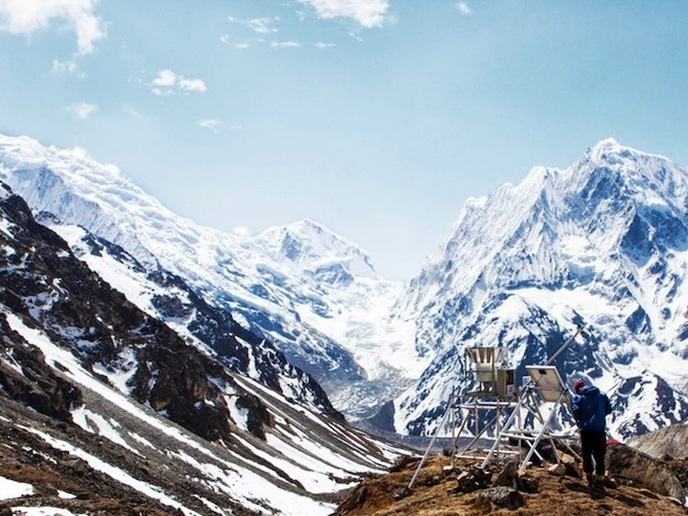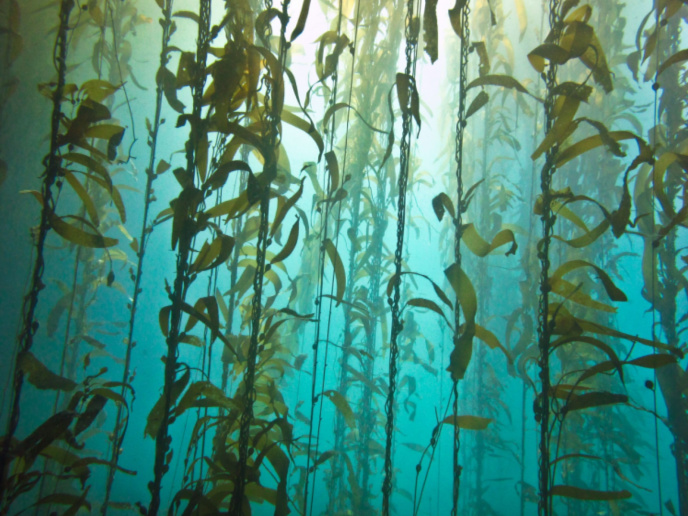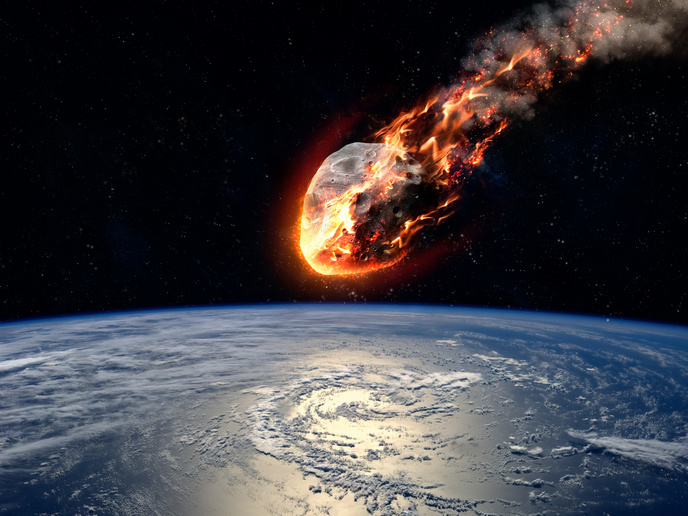Tracking the health of Asia’s mountain glaciers
When we think of glaciers, it’s mostly the clean ice versions that spring to mind. Yet many major glaciers are covered in layers of sediment and rocks. Such debris-covered glaciers (DCGs) play a significant role in the water cycle, one only unravelled in the past two decades or so. “Traditionally, the glaciological community focused on clean ice glaciers because this is how we thought of glaciers for a long time,” explains Francesca Pellicciotti(opens in new window), professor of Cryosphere and Mountain Hydrosphere at the Institute of Science and Technology Austria ISTA(opens in new window). “As a consequence, there were no glacio-hydrological models that included debris, so its effects were largely ignored,” she adds. In the RAVEN project, which was funded by the European Research Council(opens in new window) (ERC), Pellicciotti and her colleagues travelled to the mountains of Asia to fill in this critical knowledge gap. Using high-resolution satellite observations, direct data from fieldwork and a series of new models, the RAVEN team constructed a new way of thinking about these glaciers. “We developed and used the first physically based glacio-hydrological model that included debris-covered glaciers and their melt,” remarks Pellicciotti. “Using this model, we could show that DCGs act as slow reservoirs, releasing water at a slower pace than clean ice glaciers in the Himalayas, a very novel result.”
Creating the right glaciological models
First, the RAVEN team had to develop a new set of models to address their challenges. They used a vast amount of new data collected in the field from over 15 field trips to target glaciers including in India, Nepal, Tajikistan and Tibet. “It was a tremendous effort, which also included the use and development of new monitoring techniques,” notes Pellicciotti. After creating a new suite of models of different complexity and scales, the researchers could then understand new processes – such as the intricate energy transfer on a cliff between the atmosphere and the glacier – and model all glaciers (debris and non-debris) across the region.
A steady stream of results from the mountains
Pellicciotti says the project produced a huge number of results, many of which were published in major scientific journals. The key outputs of RAVEN were a trio of papers: Herreid and Pellicciotti(opens in new window) in ‘Nature Geoscience’; Miles et al.(opens in new window) in ‘Nature Communications’; and McCarthy et al.(opens in new window) in ‘Communications Earth & Environment’. “Together they represent a huge step forward in understanding debris-covered glacier systems, and glacier systems in general,” she says. “But we had so many results, and I think that only an ERC project, with its ambitious objectives, can allow this gigantic leap forward in knowledge.” Another key result was that cliffs and ponds forming on DCGs are responsible for an enormous amount of melt and can even explain anomalous thinning patterns.
A source for new research trajectories
One major implication from the results is that DCGs are slower water sources. The team is now embarking on new research to understand how this will affect future melt trajectories across the region. Through new grants, Pellicciotti will reconstruct the debris thickness of all DCGs on Earth, and study the anomalous glaciers of the Pamir–Karakoram: the only stable or growing glaciers in the world. “The research on debris-covered glaciers is not over,” adds Pellicciotti. “RAVEN was the start of some very cool trajectories with many new ideas.”







